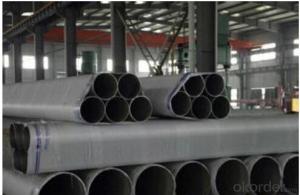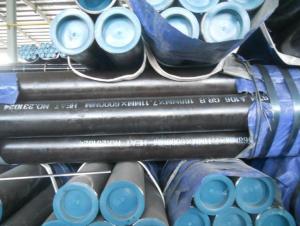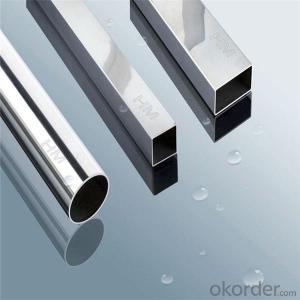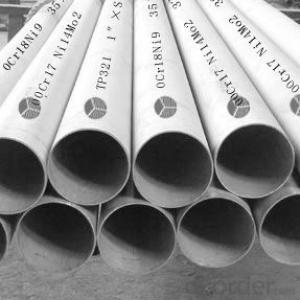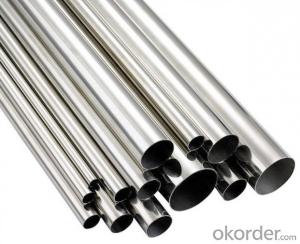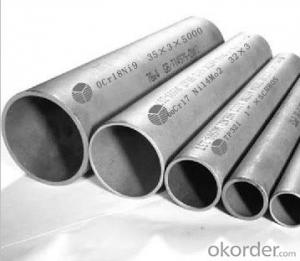6 Stainless Steel Pipe
6 Stainless Steel Pipe Related Searches
Best Paint For Stainless Steel Blanket Insulation For Steel Buildings Primer For Galvanized Steel Foam Filter For Stainless Steel H S Code For Stainless Steel Surface Grinding Wheels For Stainless Steel Surface Grinding Wheels For Hardened Steel Hole Saw For Stainless Steel Paint For Stainless Steel Stainless Steel For BbqHot Searches
Steel Mesh Panels For Sale Price For Stainless Steel Scrap Scrap Price For Stainless Steel Price For Stainless Steel Stainless Steel Tank For Sale Stainless Steel Sheets For Sale Cheap High Tea Sets For Sale Stainless Steel Tanks For Sale Stainless Steel For Sale High Density Fiberboard For Sale Solar Hot Water Collectors For Sale Scaffolding For Sale In Uae Scaffolding For Sale In Ireland Scaffolding For Sale In Houston Type Of Inverter For Solar Price Of Shipping Containers For Sale Types Of Inverter For Solar Stock Price For Aluminum Used Solar Inverter For Sale Steel Mesh Panels For Sale6 Stainless Steel Pipe Supplier & Manufacturer from China
Okorder.com is a professional 6 Stainless Steel Pipe supplier & manufacturer, offers integrated one-stop services including real-time quoting and online cargo tracking. We are funded by CNBM Group, a Fortune 500 enterprise and the largest 6 Stainless Steel Pipe firm in China.Hot Products
FAQ
- To ensure compliance with required standards and specifications, stainless steel pipes are subjected to a rigorous evaluation process. Various methods are employed to assess their quality. One commonly used test is visual examination, where skilled inspectors utilize specialized equipment to meticulously inspect the pipes for any surface defects such as cracks, pits, or corrosion. Dimensional inspection is another crucial quality assessment. During this test, the pipes are carefully measured to verify if they meet the specified dimensions, including length, diameter, and wall thickness. This meticulous examination ensures that the pipes are manufactured with precision and accuracy. Mechanical tests are conducted to evaluate the strength and durability of the stainless steel pipes. These tests encompass various assessments such as tensile strength, yield strength, elongation, and hardness. Tensile strength determines the maximum stress the pipe can withstand before breaking, while yield strength measures the stress at which the pipe starts to deform permanently. Elongation gauges the pipe's ability to stretch without breaking, while hardness indicates its resistance to indentation or scratching. Non-destructive testing methods, including ultrasonic testing and eddy current testing, are also employed. These methods allow for the detection of internal defects or irregularities in the pipe using high-frequency sound waves and electromagnetic currents, respectively. These tests can identify surface cracks or flaws that may not be visible to the naked eye. Moreover, chemical composition analysis is performed to ensure that the stainless steel pipes contain the appropriate amounts of alloying elements, such as chromium and nickel. These elements are crucial in providing the pipes with corrosion resistance properties. In conclusion, stainless steel pipes undergo a comprehensive testing process to guarantee their quality, strength, and reliability for a wide range of applications in industries such as oil and gas, construction, and manufacturing.
- Stainless steel and stainless steel pipe inside and outside polishing off, what is the difference?
- The inside and outside polishing tubes are polished by the surface of the polished material, and they look like bright ones, just like the mirror surface. Mainly used in viscous liquid and gas moving equipment, such as printing and dyeing, pulp and other industries
- Polished and unpolished stainless steel pipes differ primarily in their appearance and surface finish. Polished stainless steel pipes have undergone a polishing process that enhances their aesthetic appeal by creating a smooth, shiny, and reflective surface. This process involves using abrasive materials or compounds to remove any imperfections, scratches, or blemishes on the stainless steel surface. On the other hand, unpolished stainless steel pipes have a rougher, duller, and more industrial-looking surface. They have not been subjected to the polishing process and therefore retain their original surface finish, which may include slight imperfections, scratches, or a matte appearance. The choice between polished and unpolished stainless steel pipes depends on the desired application and aesthetic preference. Polished stainless steel pipes are commonly used in industries such as architecture, interior design, and food processing, where a visually appealing and hygienic surface is required. Unpolished stainless steel pipes, on the other hand, are often used in applications where appearance is not a priority, such as industrial or structural uses. It is important to note that the performance and durability of both polished and unpolished stainless steel pipes are comparable, as the polishing process does not affect the inherent corrosion resistance and strength of the stainless steel material. Ultimately, the decision between polished and unpolished stainless steel pipes relies on the specific requirements and intended use of the pipes.
- Indeed, polyacrylonitrile (PAN) can be employed to insulate stainless steel pipes. PAN, a highly adaptable and widely utilized polymer, boasts exceptional thermal insulation capabilities. Thanks to its low thermal conductivity and resistance to heat transfer, PAN is frequently utilized as a foam or fiber insulation material. Applying PAN insulation to stainless steel pipes is a straightforward process that aids in minimizing heat loss or gain, enhancing energy efficiency, and averting condensation. Furthermore, it affords protection against corrosion and mechanical harm.
- Are stainless steel pipelines buried in need of corrosion protection?
- In the aqueous medium such as Cl-, the localized destruction of the passive film due to acidification of the dielectric solution in the crevice (increasing of Cl- concentration, decrease in pH value) and hypoxia (oxygen concentration cell, gap hypoxia). The most fundamental is to eliminate the gap from the structure is designed to avoid the gap of the heat exchanger tube is connected with the gap at the gap on the tube plate, flange, gaskets, bolts, rivets, to take appropriate measures to prevent.
- Why pickling before cleaning stainless steel pipe oil?
- On the premise of oxide, a good foundation for the formation of passive film is made, which makes the passivation film more compact and improves the passivation effect!
- The main difference between 904L and 316L stainless steel pipes lies in their composition and properties. 904L stainless steel is a high alloy austenitic stainless steel with higher levels of chromium, nickel, and molybdenum, making it highly resistant to corrosion in various environments, including harsh industrial and marine conditions. On the other hand, 316L stainless steel is a lower alloy austenitic stainless steel that contains less chromium, nickel, and molybdenum, making it less resistant to corrosion compared to 904L. Therefore, 904L stainless steel pipes are typically preferred in applications that require exceptional corrosion resistance, while 316L stainless steel pipes are suitable for general-purpose applications.
- Seamless and longitudinal welded stainless steel pipes differ primarily in their manufacturing processes and structural characteristics. Seamless stainless steel pipes are created by piercing a solid cylindrical bar of stainless steel to form a hollow tube. This process involves heating the bar and then pushing it through a die to shape the desired size and dimensions. The resulting pipe has no welded seams, hence the name "seamless". This manufacturing method ensures a uniform and consistent composition throughout the pipe, offering excellent strength and corrosion resistance. Seamless pipes are generally considered to have superior mechanical properties and are often used in high-pressure applications, such as oil and gas pipelines or refinery equipment. On the other hand, longitudinal welded stainless steel pipes are made by joining two separate pieces of stainless steel plate or sheet through a longitudinal welding process. This involves rolling the plates or sheets into a cylindrical shape and welding the seam along the length of the pipe. The longitudinal weld provides structural integrity and strength to the pipe. Although the weld may introduce some inconsistencies in the composition and properties of the steel, it can be minimized through proper welding techniques and quality control measures. Longitudinal welded pipes are commonly used in a wide range of applications, including structural and architectural projects, as well as in industries such as food processing, pharmaceuticals, and petrochemicals. In summary, the main difference between seamless and longitudinal welded stainless steel pipes lies in their manufacturing methods and resulting structural characteristics. Seamless pipes have no welded seams and offer excellent mechanical properties, making them suitable for high-pressure applications. Longitudinal welded pipes, on the other hand, are created by welding two separate pieces of stainless steel and are commonly used in a variety of industries. Both types of pipes have their advantages and are selected based on specific requirements and considerations of the intended application.
















